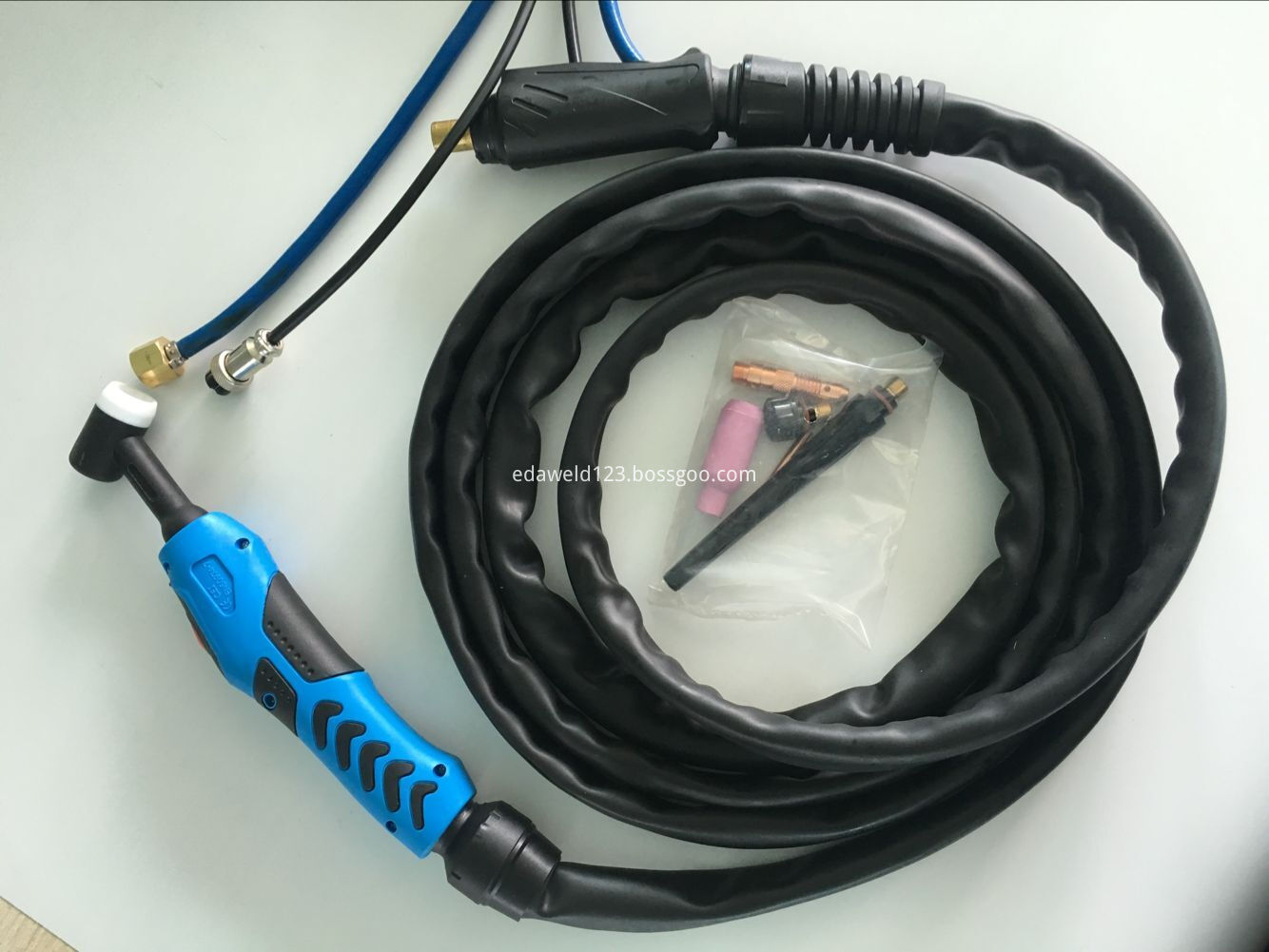 For many years, Chinese flooring companies have focused on marketing strategies that helped them build strong market positions and capitalize on opportunities. Over time, this approach has created a solid competitive edge. However, despite these achievements, the functional development of their business models hasn't kept pace. The overall strength of their operations and marketing capabilities still lag behind the scale of their market presence.
In many ways, marketing drives profitability for flooring entrepreneurs, but it's the entrepreneurs themselves who shape the direction of these strategies. Their decisions directly influence whether the company can evolve into a more advanced, high-value business. While many leading companies have made bold moves in international expansion or brand acquisitions, the underlying foundation of their business—especially in terms of marketing—remains weak. There is a lack of skilled entrepreneurs and capable managers, which makes the marketing function vulnerable and risky. Additionally, as companies grow in size and accumulate intellectual capital, such as patents, brands, and unique business models, the complexity of managing these assets increases, creating further challenges for effective marketing.
Although China’s flooring industry has made significant progress, its marketing efforts are still hindered by weak foundations, making it difficult to achieve sustainable growth. This issue becomes even more apparent when considering the broader context of the industry's development.
The extensive growth of the flooring sector has highlighted gaps between regional economic development and the industry's overall performance. Due to the urban-rural divide and China's position at the lower end of the global industrial chain, there remains a vast strategic space for growth. However, for flooring companies, capturing this space depends heavily on the industry's own growth potential. Industry growth typically comes from two sources: expanding sales volume and increasing the value of those sales. As markets expand and products become more sophisticated, the industry experiences breakthrough growth, and corporate success follows naturally. But if both areas stagnate, companies face significant difficulties, especially in a slow-growth environment.
On one hand, there is a large strategic space available for marketing; on the other, the industry’s growth is constrained. This contradiction reflects the fact that Chinese companies still struggle to understand the relationship between corporate development and industry cycles, lacking the experience needed to navigate these challenges effectively.
When evaluating a company's ability to grow profitably, it's not enough to look at the scale of physical production factors. More important are new ideas and innovative concepts that drive efficiency and competitiveness. A flooring company without original thinking will find it hard to become a true leader. Without such innovation, it lacks the capacity to integrate resources and create long-term growth opportunities.
When assessing the profitability of flooring companies, the most critical factor is the history and scale of investment in intangible assets. These include intellectual property, brand reputation, data from new products and processes, internal operational models, and human resource development capabilities. Intangible assets play a key role in determining a company's national identity and market position. These "intangible yet powerful" elements are deeply rooted in national culture and cannot be easily acquired with money alone, yet many companies struggle with the contradictions they create.
For a long time, Chinese flooring companies, especially industry leaders, have adopted a strategy that combines high-end marketing with low-market penetration. This “higher-than-lower†approach has proven effective throughout the country’s development journey. However, the low-end market is highly competitive and constantly evolving, making it challenging for companies to implement their front-line marketing strategies effectively. Even today, many top companies remain focused on this segment.
Due to unclear business strategies, companies often fail to fully execute their marketing plans. Meanwhile, multinational corporations have established strong market barriers, leaving local leaders in a difficult position. They can no longer grow by targeting small and medium enterprises, nor can they compete with global players. As the market continues to evolve, the challenges faced by Chinese flooring companies—especially the industry leaders—have become increasingly severe. Despite the huge potential for growth, they are struggling to find a solid industry base, and the long-standing issues of rapid, unbalanced development are now more visible than ever.
For many years, Chinese flooring companies have focused on marketing strategies that helped them build strong market positions and capitalize on opportunities. Over time, this approach has created a solid competitive edge. However, despite these achievements, the functional development of their business models hasn't kept pace. The overall strength of their operations and marketing capabilities still lag behind the scale of their market presence.
In many ways, marketing drives profitability for flooring entrepreneurs, but it's the entrepreneurs themselves who shape the direction of these strategies. Their decisions directly influence whether the company can evolve into a more advanced, high-value business. While many leading companies have made bold moves in international expansion or brand acquisitions, the underlying foundation of their business—especially in terms of marketing—remains weak. There is a lack of skilled entrepreneurs and capable managers, which makes the marketing function vulnerable and risky. Additionally, as companies grow in size and accumulate intellectual capital, such as patents, brands, and unique business models, the complexity of managing these assets increases, creating further challenges for effective marketing.
Although China’s flooring industry has made significant progress, its marketing efforts are still hindered by weak foundations, making it difficult to achieve sustainable growth. This issue becomes even more apparent when considering the broader context of the industry's development.
The extensive growth of the flooring sector has highlighted gaps between regional economic development and the industry's overall performance. Due to the urban-rural divide and China's position at the lower end of the global industrial chain, there remains a vast strategic space for growth. However, for flooring companies, capturing this space depends heavily on the industry's own growth potential. Industry growth typically comes from two sources: expanding sales volume and increasing the value of those sales. As markets expand and products become more sophisticated, the industry experiences breakthrough growth, and corporate success follows naturally. But if both areas stagnate, companies face significant difficulties, especially in a slow-growth environment.
On one hand, there is a large strategic space available for marketing; on the other, the industry’s growth is constrained. This contradiction reflects the fact that Chinese companies still struggle to understand the relationship between corporate development and industry cycles, lacking the experience needed to navigate these challenges effectively.
When evaluating a company's ability to grow profitably, it's not enough to look at the scale of physical production factors. More important are new ideas and innovative concepts that drive efficiency and competitiveness. A flooring company without original thinking will find it hard to become a true leader. Without such innovation, it lacks the capacity to integrate resources and create long-term growth opportunities.
When assessing the profitability of flooring companies, the most critical factor is the history and scale of investment in intangible assets. These include intellectual property, brand reputation, data from new products and processes, internal operational models, and human resource development capabilities. Intangible assets play a key role in determining a company's national identity and market position. These "intangible yet powerful" elements are deeply rooted in national culture and cannot be easily acquired with money alone, yet many companies struggle with the contradictions they create.
For a long time, Chinese flooring companies, especially industry leaders, have adopted a strategy that combines high-end marketing with low-market penetration. This “higher-than-lower†approach has proven effective throughout the country’s development journey. However, the low-end market is highly competitive and constantly evolving, making it challenging for companies to implement their front-line marketing strategies effectively. Even today, many top companies remain focused on this segment.
Due to unclear business strategies, companies often fail to fully execute their marketing plans. Meanwhile, multinational corporations have established strong market barriers, leaving local leaders in a difficult position. They can no longer grow by targeting small and medium enterprises, nor can they compete with global players. As the market continues to evolve, the challenges faced by Chinese flooring companies—especially the industry leaders—have become increasingly severe. Despite the huge potential for growth, they are struggling to find a solid industry base, and the long-standing issues of rapid, unbalanced development are now more visible than ever.Tig Welding Torch have a type named air cooled tig welding torch, it have the model number: WP-9 Tig Torch, WP-17 Tig Torch, WP-26 Tig Torch. When you use Tig welding torch, Tig Welding Nozzle will ejected Tungsten Inert Gas to produce a protective layer around the arc cut off the air in order to prevent its tungsten. Prevent its welding tungsten, pool and adjacent heat-affected zone, to obtain high-quality welds. We are a manufacturer in China main produce tig welding torches.

WP-9 Tig Torch, WP-17 Tig Torch, WP-26 Tig Torch
EDAWELD COMPANY LIMITED , https://www.jsedaweld.com